Flagstaff at Waitangi.
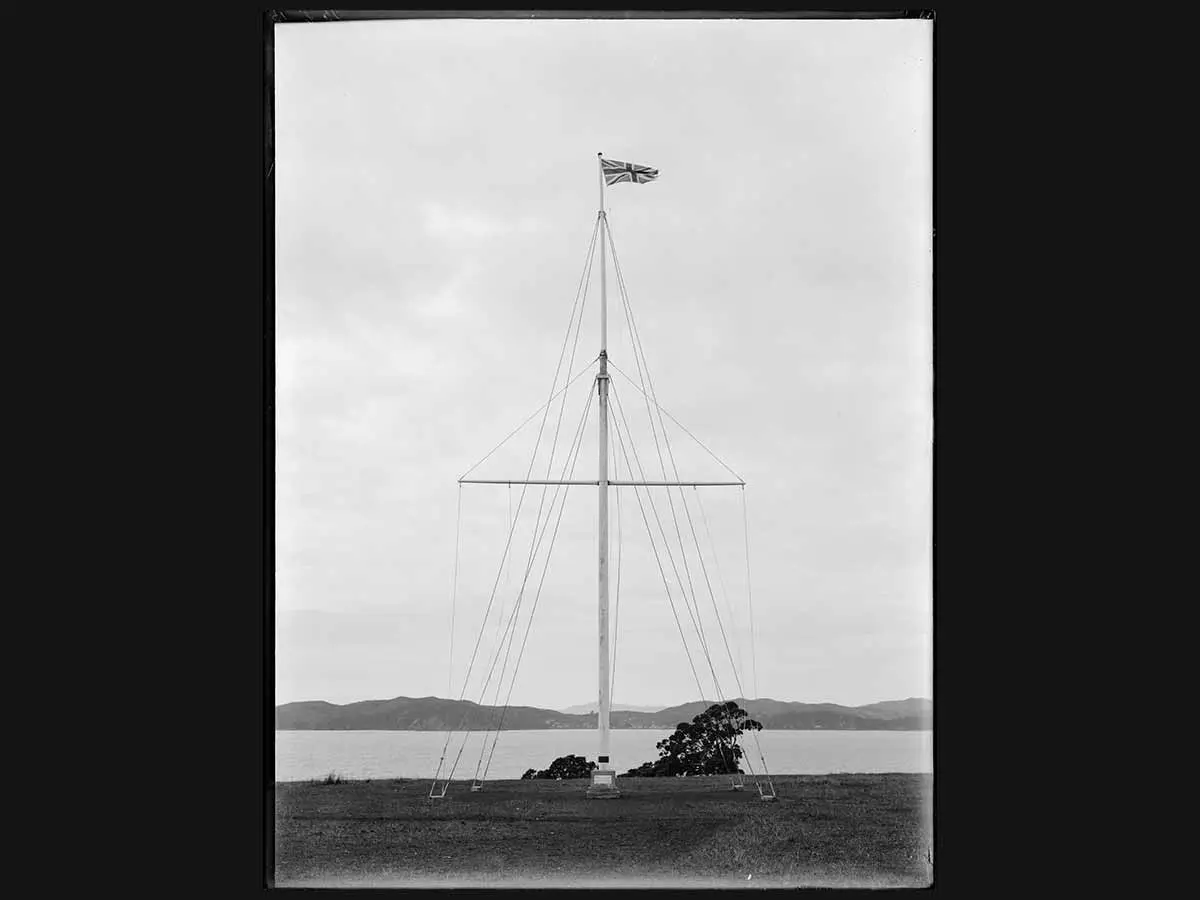
Flagstaff at Waitangi.
Use the images on this page to explore the significance of why we commemorate Waitangi Day. Download and print the teacher support materials or read the online version at the bottom of this page.
Flagstaff at Waitangi.

Flagstaff at Waitangi.
Celebrating 100 years.
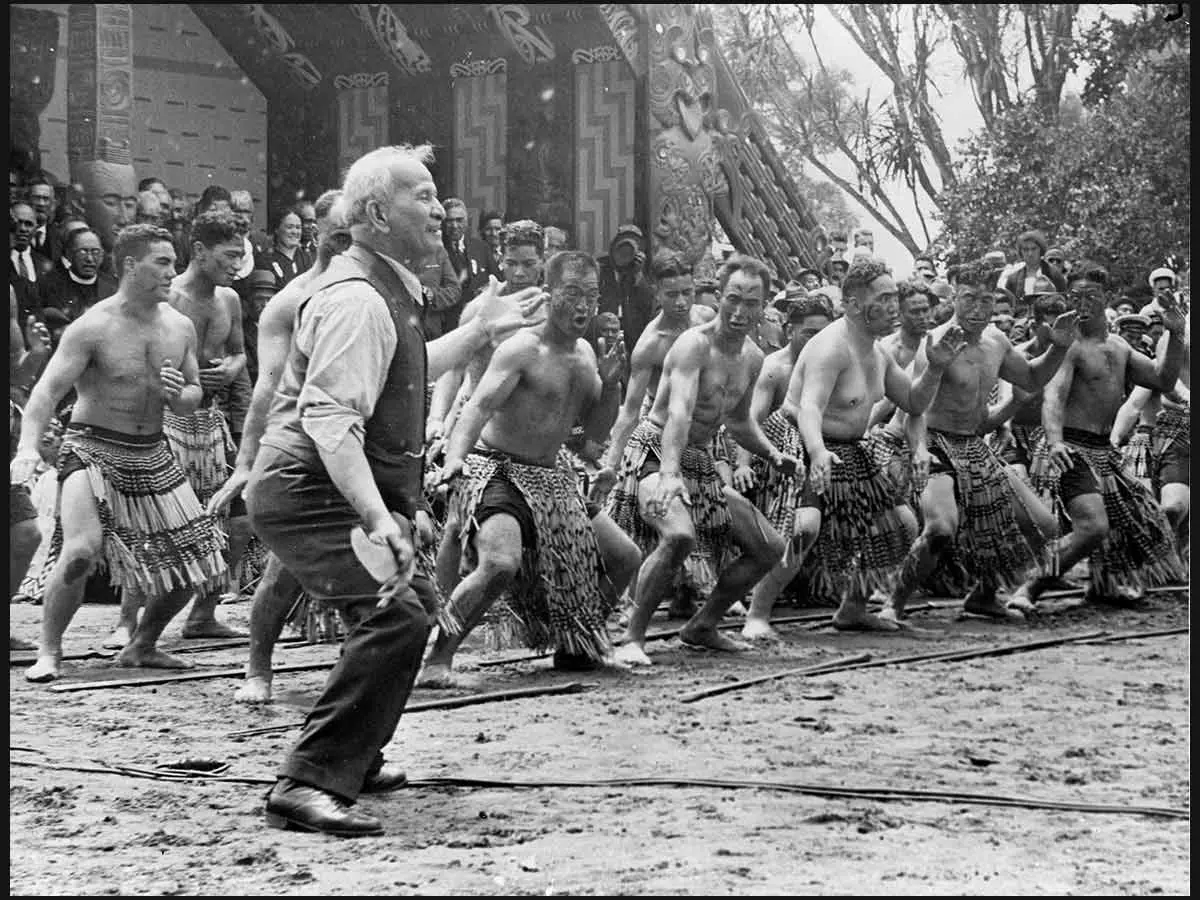
Celebrating 100 years.
Waka launch.
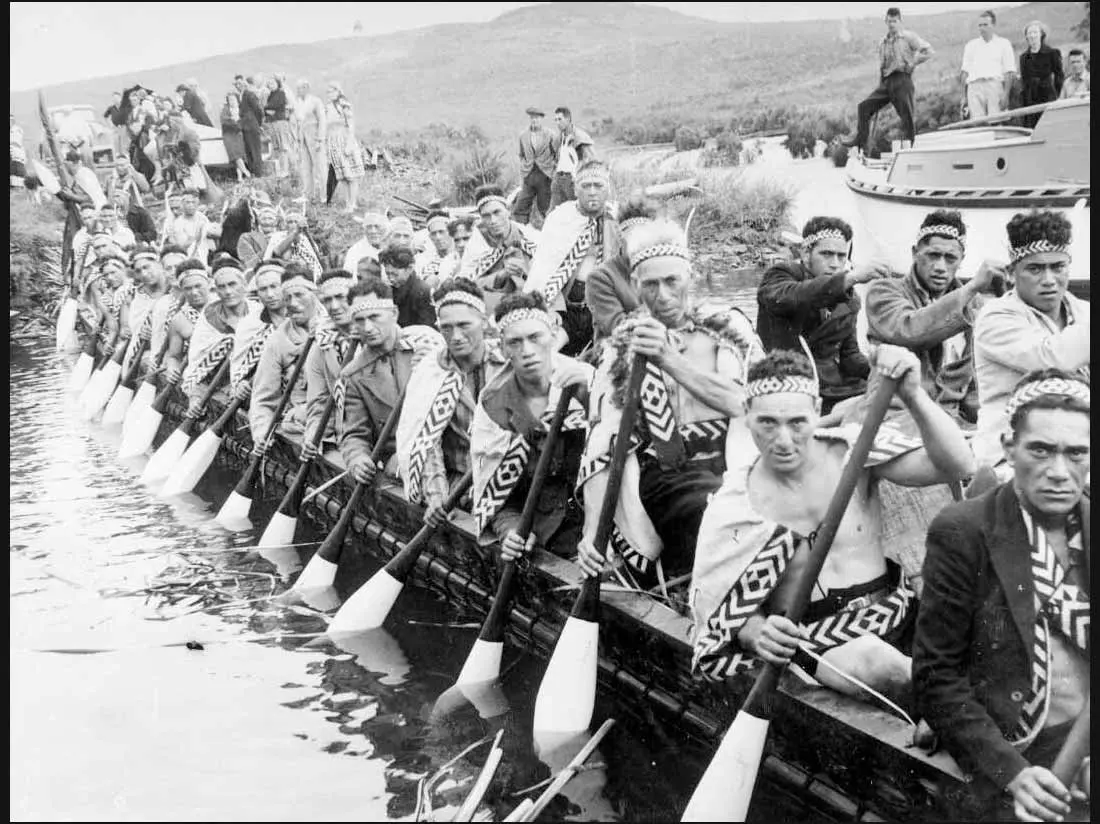
Waka launch.
Kapa haka performers.
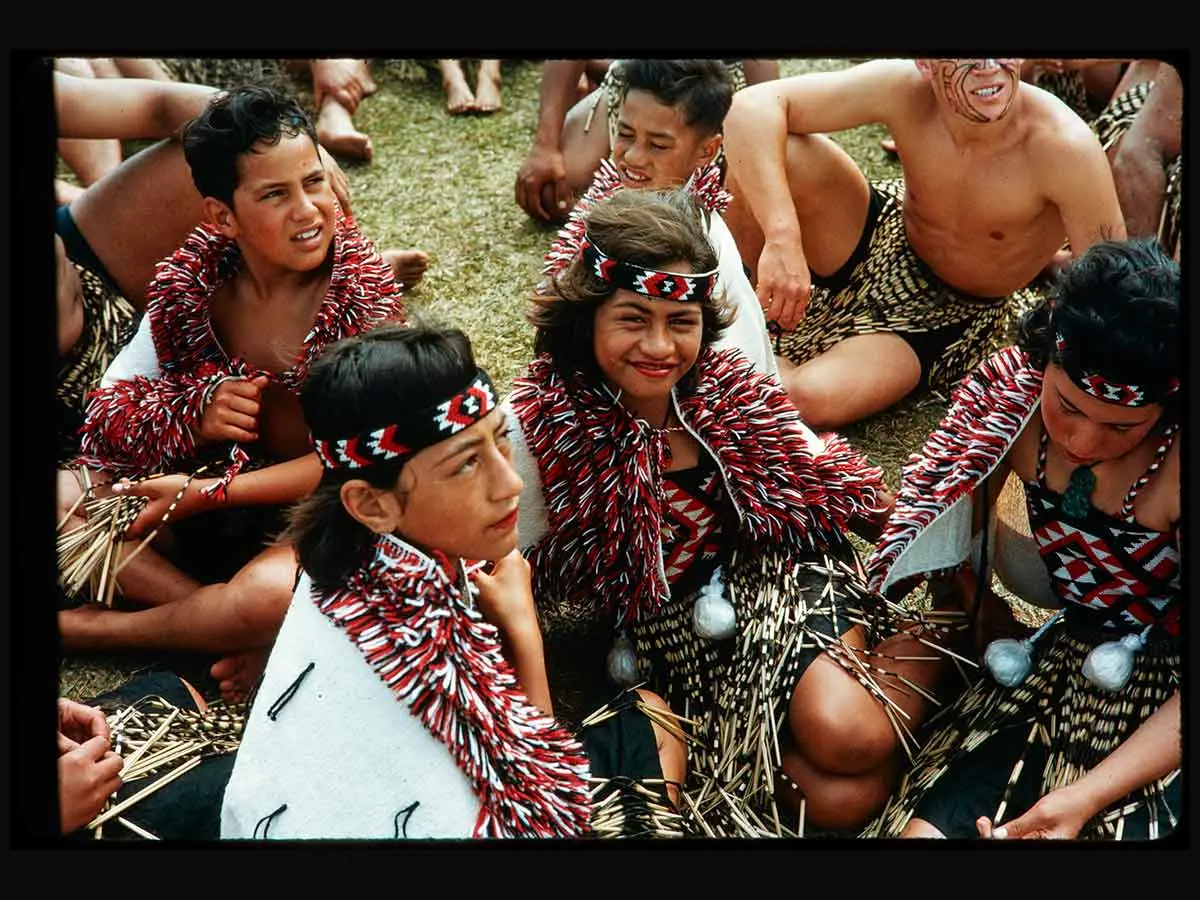
Kapa haka performers.
Visitors at Waitangi.

Visitors at Waitangi.
A copy of Te Tiriti o Waitangi.

A copy of Te Tiriti o Waitangi.
Hīkoi to Waitangi.
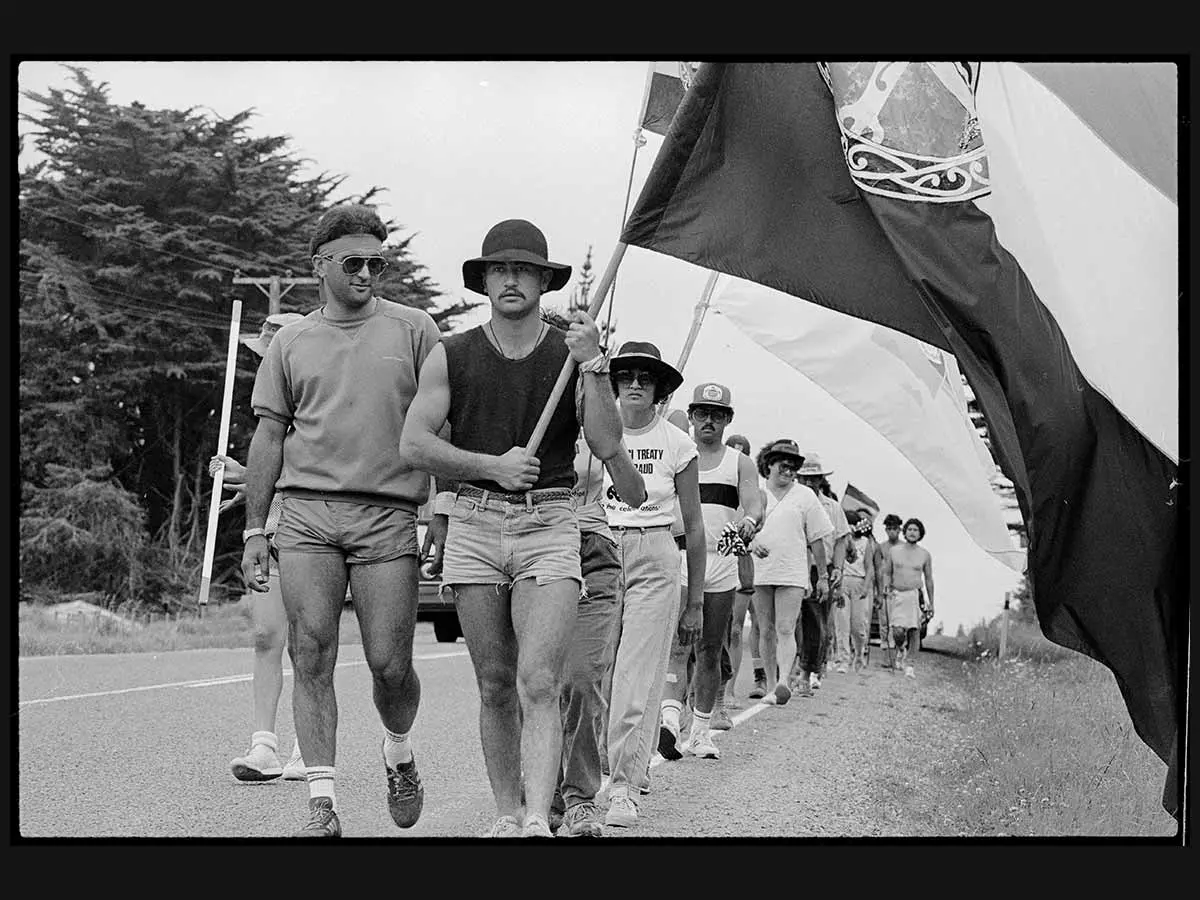
Hīkoi to Waitangi.
Dawn service, Waitangi.
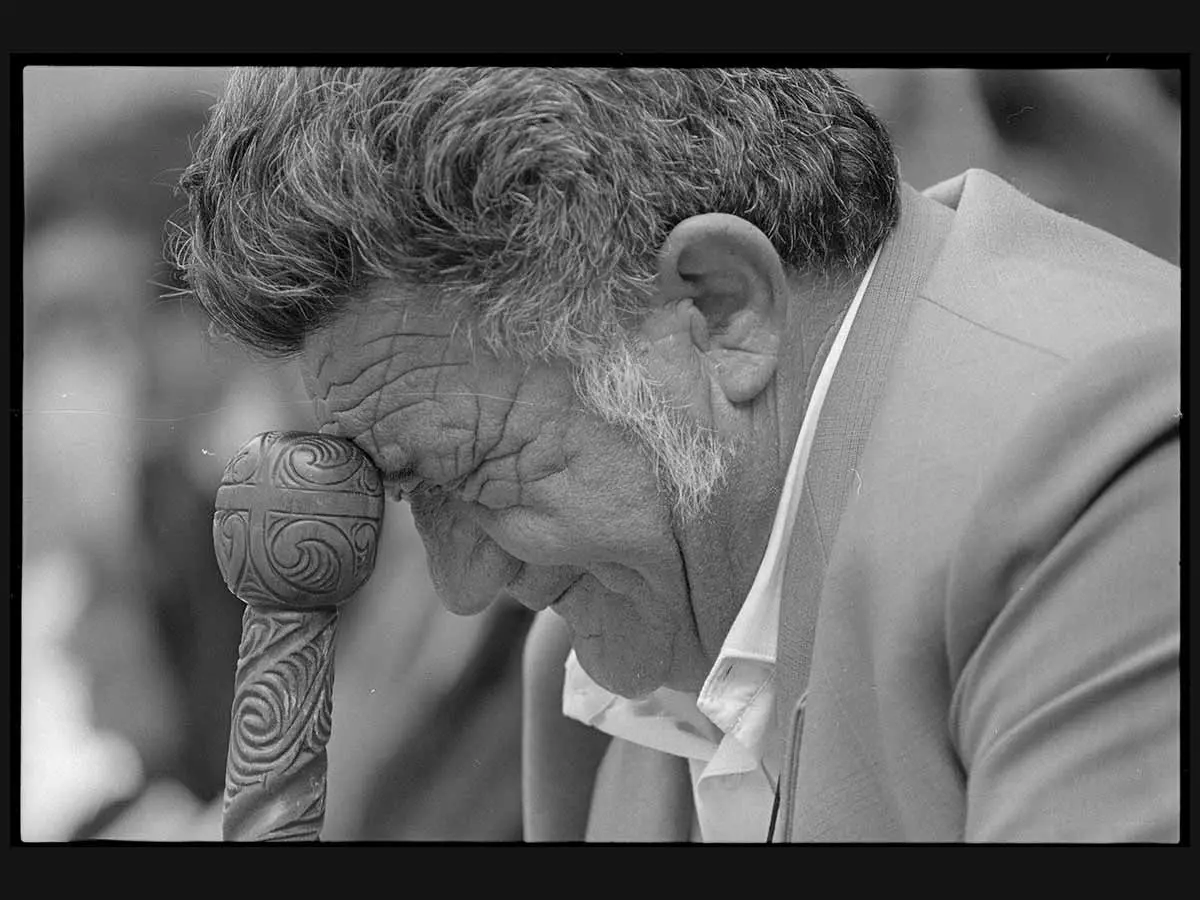
Dawn service, Waitangi.
Celebrations at Waitangi Park.
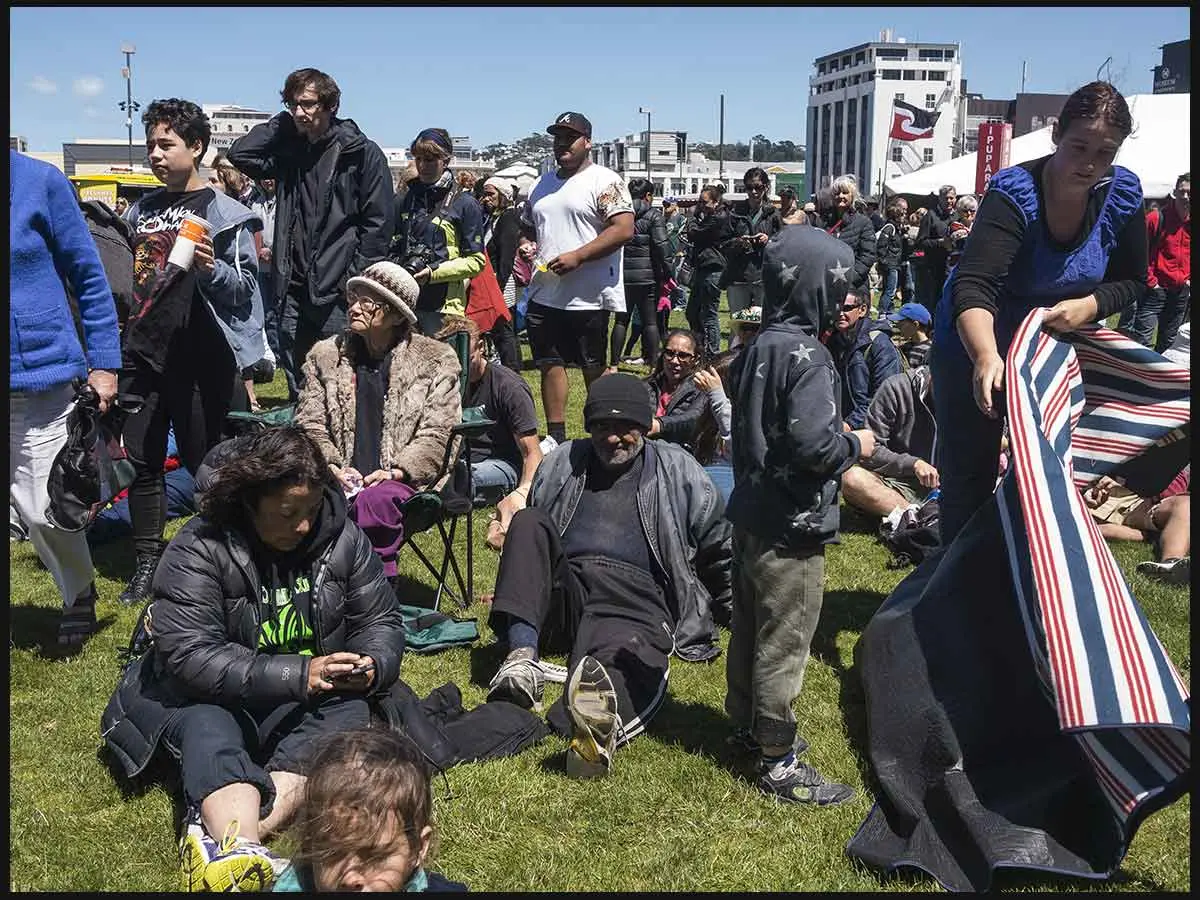
Celebrations at Waitangi Park.
First Waitangi Day, 1934.
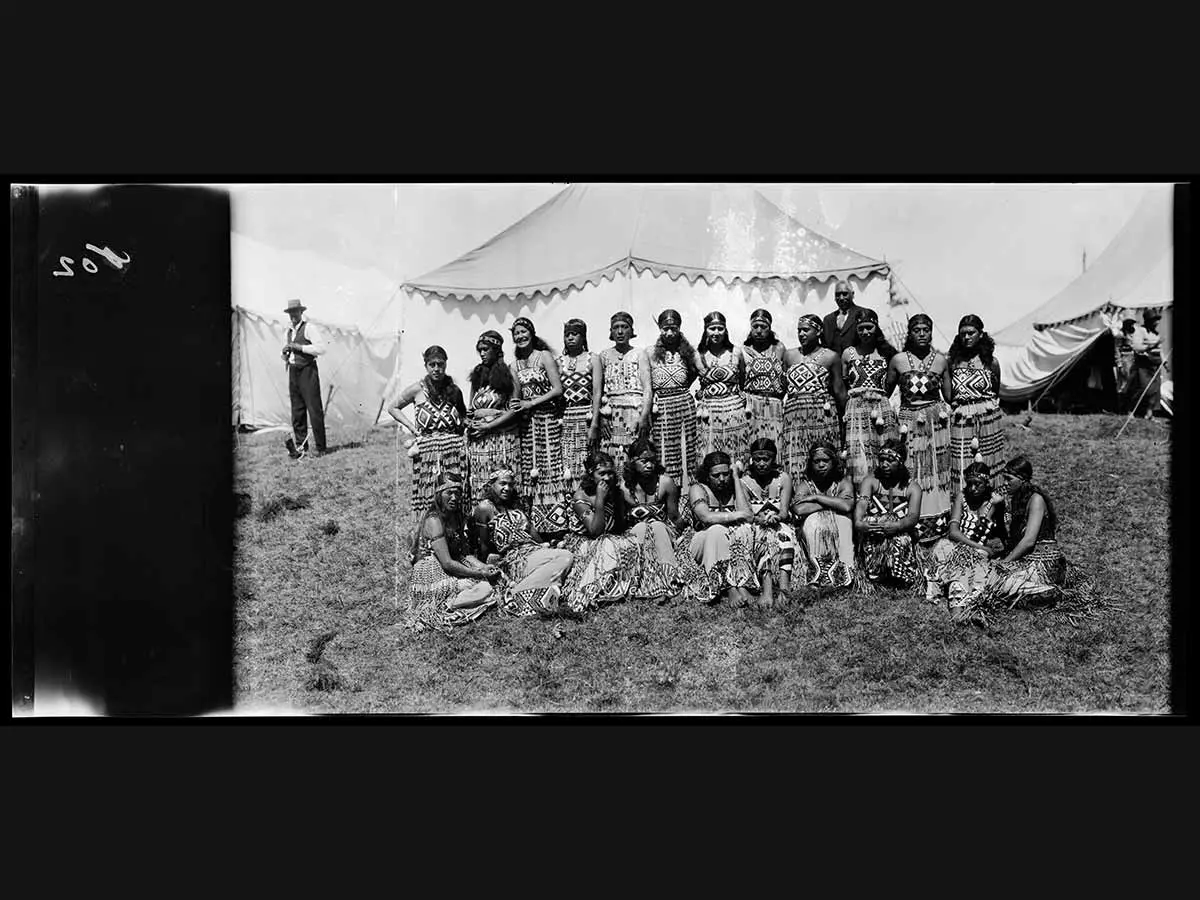
First Waitangi Day, 1934.
Centennial first-day cover.
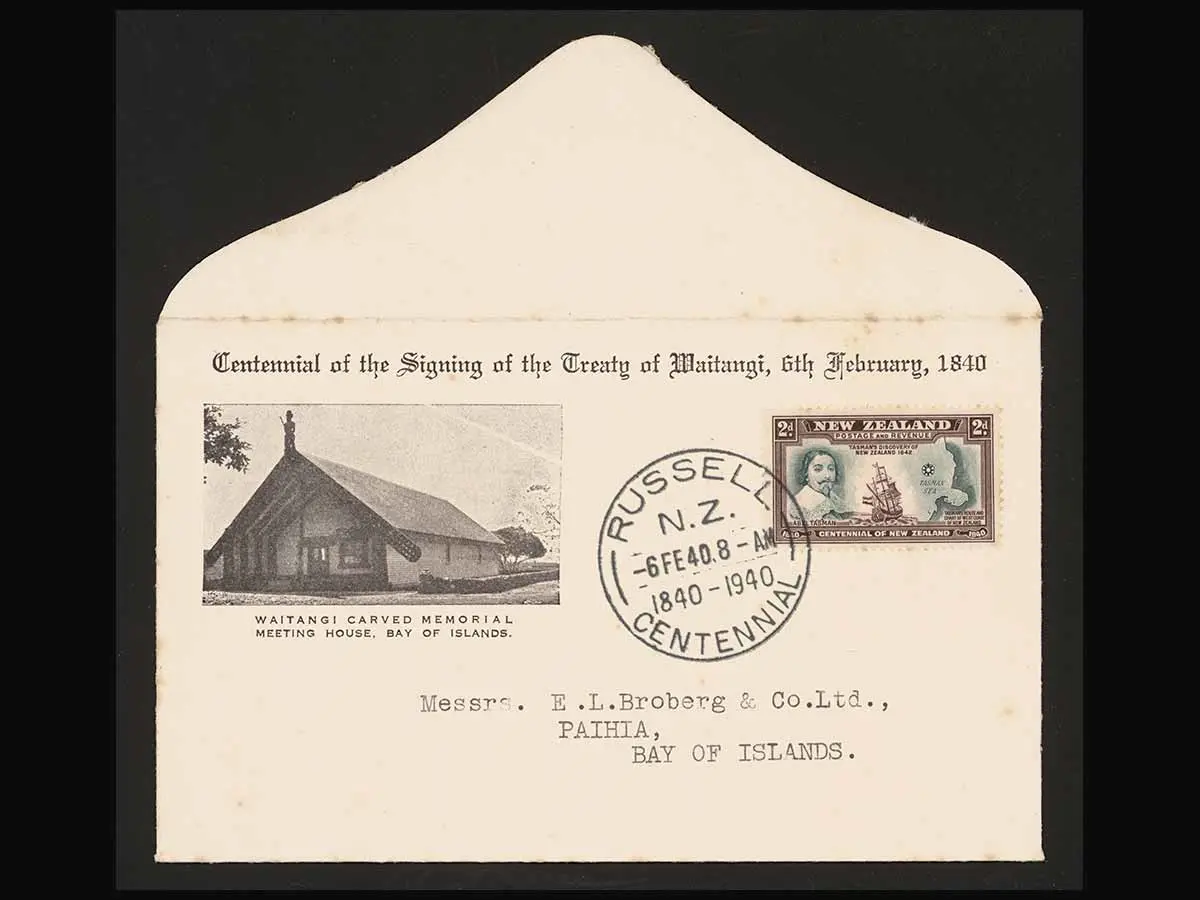
Centennial first-day cover.
Waitangi Treaty Monument.

Waitangi Treaty Monument.
Download and print the teacher support materials: The significance of Waitangi Day (pdf, 1.1 MB).
Use the images in ‘The significance of Waitangi Day’ gallery to explore the social sciences Know context, ‘Te tino rangatiratanga me te kāwanatanga | Sovereignty, organisation, and government’:
Waitangi Day marks the significance of the initial signing of Te Tiriti o Waitangi | The Treaty of Waitangi.
— Te ao tangata | social sciences
Explore the different ways we acknowledge Waitangi Day such as:
Waitangi Day commemorations — pōwhiri, speeches, kapa haka, …
memorials, flagstaff, statues, plaques, …
events held at Waitangi and around the motu.
Ākonga can explore these images as primary sources using our tools for primary source analysis.
Explore our curated collection of books: The significance of Waitangi Day.
Use the discussion starters below to explore the significance of Waitangi Day.

Image credit: Flagstaff to commemorate the Treaty of Waitangi, Waitangi Treaty Grounds, Bay of Islands, ca 1910 by Northwood brothers. Ref: Ref: 1/1-010711 Alexander Turnbull Library.
This flagstaff marks the spot where Te Tiriti o Waitangi | Treaty of Waitangi was first signed on 6 February 1840. In the background is a view across the Bay of Islands. The Royal New Zealand Navy are the caretakers of the flagstaff and are present each year for Waitangi Day commemorations on 6 February.
Where is this flagstaff?
Why is the flagstaff important to help remember Te Tiriti o Waitangi | Treaty of Waitangi?
Are there monuments for Te Tiriti o Waitangi | Treaty of Waitangi in your local area/rohe?

Image credit: Apirana Ngata taking the lead in a haka on Waitangi Day at the centennial celebrations at Waitangi, 1940, by James Robert Snowden. Ref: 1/2-029794-F Alexander Turnbull Library.
Sir Apirana Ngata leading a haka at the 1940 Te Tiriti o Waitangi | Treaty of Waitangi centennial celebrations at Waitangi Treaty Grounds. Sir Apirana Ngata was a famous Ngāti Porou leader and politician. Sir Apirana Ngata helped to organise the celebrations of the day.
Who was Sir Apirana Ngata?
Why were the 1940 Waitangi Day celebrations and commemorations important?
Why is the wharenui (meeting house) in the background of the photo important?

Image credit: The Māori waka Ngātokimatawhaorua, 1940 by James Robert Snowden. Ref: 1/2-C-014058-F Alexander Turnbull Library.
A waka being launched a day before the Waitangi Day events in February 1940. The waka is now housed in Waitangi in the Bay of Islands. This 100ft waka was built in Kerikeri during the 1930s to mark the centenary of the signing of Te Tiriti o Waitangi | Treaty of Waitangi in 1940. It was gifted to the nation after the Waitangi Day events.
Why were the 1940 Waitangi Day celebrations and commemorations important?
What is significant about the waka Ngātokimatawhaorua?
Why is it important that waka are a part of Waitangi Day celebrations and commemorations?

Image credit: Young kapa haka members relaxing during visit of Queen Elizabeth II to Waitangi, 1963 by John Reinder Fijn. Ref: PA12-10647-18A Alexander Turnbull Library.
A group of young kapa haka performers. Some are wearing cloaks and tīpare (headbands). Queen Elizabeth II, along with Prince Philip, Duke of Edinburgh, visited Waitangi in 1963 for Waitangi Day celebrations.
What different activities and entertainment occur at Waitangi Day celebrations/commemorations?
What Waitangi Day events are held in your local area/rohe and around the motu?
Who attends Waitangi Day celebrations?

Image credit: Queen Elizabeth, Prince Charles, the Duke of Edinburgh, and Prime Minister Norman Kirk at Waitangi, 1974 by unidentified Evening Post photographer. Ref: EP/1974/0611/23A-F Alexander Turnbull Library.
A Waitangi Day event held in 1974 at Waitangi, attended by Prince Charles, Queen Elizabeth II, Prime Minister Norman Kirk and Prince Phillip. Waitangi Day became a public holiday in 1974.
Who was Queen Elizabeth? What relationship did the Queen have to Aotearoa New Zealand?
Why is it important that the Queen attended Waitangi Day commemorations?
Who was Norman Kirk? Why is it important that Norman Kirk was with the Queen at Waitangi Day commemorations?

Image credit: Te Kuru Pou-namu Wahanga Pairama and Roimata, with flag of Confederation of United Tribes of New Zealand, 1998 by Phil Reid. Ref: EP/1998/0217/31A-F Alexander Turnbull Library.
Te Kuru Pou-namu Wahanga Pairama holding child Roimata, with the flag Te Kara. Te Kuru Pou-namu Wahanga Pairama also holds in front a copy of Te Tiriti o Waitangi | Treaty of Waitangi. The official name for the flag Te Kara is ‘Te Kara o Te Whakaminenga o Nga Hapu o Nu Tireni’. It was the flag of the Confederation of the United Tribes of New Zealand.
What is Te Kara? What does it symbolise?
What other flags represent Aotearoa New Zealand?
Why would Te Kara be flown at commemorations of Te Tiriti o Waitangi | Treaty of Waitangi?

Image credit: Arnold Reedy and George Stirling lead Te Hīkoi ki Waitangi, 1984 by unidentified Evening Post photographer. Ref: EP/1984/0541/20-F Alexander Turnbull Library.
Arnold Reedy (left) and George Stirling (right, holding flag) of Ngāti Porou from Auckland lead Te Hīkoi ki Waitangi. The 1984 hīkoi (walk) to Waitangi was to demand that Waitangi Day not be celebrated until Te Tiriti o Waitangi | Treaty of Waitangi was honoured.
What is a ‘hīkoi’?
Why is Waitangi an important place when learning about Te Tiriti o Waitangi | Treaty of Waitangi?
What are some differences between commemorating and honouring a treaty?

Image credit: Mr Mac Taylor, Ngapuhi elder, at the Treaty of Waitangi commemoration church service, Waitangi, 1987 by unidentified Evening Post photographer. Ref: EP/1987/0630/25-F Alexander Turnbull Library.
Mac Taylor, Ngāpuhi kaumātua, at Te Tiriti o Waitangi | Treaty of Waitangi commemoration church service on 6 February 1987 at Waitangi. A public service is held at dawn on Waitangi Day at Waitangi.
What event is commemorated around the motu and in your local area/rohe on 6 February each year?
What happens at Waitangi every year on 6 February?
Why is it important that kaumātua, like Mac Taylor, are at Waitangi Day events held at Waitangi?

Image credit: Te Ra o Waitangi, Wellington, 2015 by Dylan Owen. Ref: PADL-001779 Alexander Turnbull Library.
Māori and Pākehā attending Waitangi Day celebrations at Waitangi Park, Wellington on 6 February 2015. Te Rā o Waitangi is a family-friendly event held at Waitangi Park to honour Te Tiriti o Waitangi | Treaty of Waitangi.
What event is commemorated around the motu and in your local area/rohe on 6 February each year?
How do you and your whānau commemorate Waitangi Day?
Who attends Waitangi Day events? Why might they attend?

Image credit: First Waitangi Day celebrations, February 1934 by Robert Percy Moore. Ref: Pan-0081-F Alexander Turnbull Library.
The Treaty House and grounds were gifted by Lord Bledisloe to Aotearoa New Zealand in 1932. In 1934, this gift was marked by the first Waitangi Day commemoration in Waitangi.
This photo was taken during that first Waitangi Day commemoration. It shows a group of Māori, some wearing a piupiu (flax skirt), pari (bodice) and tīpare (headband).
Why are the Treaty House and grounds at Waitangi important?
What happens at Waitangi every year on 6 February?
Why is it important to have a Māori voice at Waitangi for 6 February events?

Image credit: Centennial of the signing of the Treaty of Waitangi, 1940. Ref: Eph-A-WAITANGI-1940-01 Alexander Turnbull Library.
This envelope shows it was stamped at Russell on 6 February 1940, 100 years after Te Tiriti o Waitangi | Treaty of Waitangi was signed.
This first-day cover shows a photo of the Waitangi carved meeting house at the top left of the envelope and a 2d (2 pence) centennial New Zealand stamp showing Abel Tasman and Tasman's ship at the top right.
What are some ways we acknowledge the signing of Te Tiriti o Waitangi | Treaty of Waitangi?
What is a centennial?

Image credit: Memorial erected to commemorate the Treaty of Waitangi, Waitangi, ca 1912 by Albert Percy Godber. Ref: APG-0628-1/2-G Alexander Turnbull Library.
Te Tii memorial | Waitangi Treaty Monument was built around 1880 to 1881 to commemorate Te Tiriti o Waitangi | Treaty of Waitangi. The monument is on Te Tii Marae grounds in Waitangi.
Why are monuments for Te Tiriti o Waitangi | Treaty of Waitangi important?
Are there monuments for Te Tiriti o Waitangi | Treaty of Waitangi in your local area/rohe?
Where is Te Tii Marae? Why is it important for Waitangi Day events?